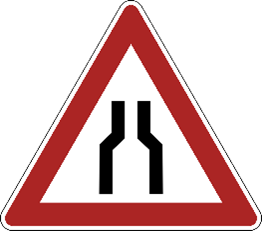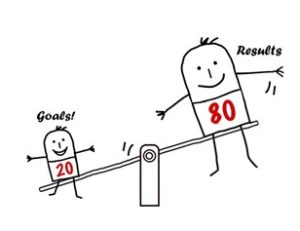
Should have been educated and not terminated.
This newsletter is a reprint of an article I wrote a few years ago. I was reminded of it as I am working with a number of offices on a Practice MBA program – which is going very well, by the way!
= = =
A few months ago, an chiropractic office manager called me. She said that her doctor had fired her.
Her primary role was Billing and Collections Coordinator, but she was also the office manager part-time. I had worked with the office for a few months and knew the doctor and Dorothy (not necessarily her real name.) I had gone over the role of the office manager with her and the doctor. They both felt they understood the situation and would let me know if they needed any help. I was pretty sure they didn’t know what their roles were or how to execute them. I suggested working with them longer, but their minds were made up.
Months went by, and then late one Monday morning, I got a call from Dorothy. She told me she had been fired. I asked her why. (Knowing her and the doctor, I had a pretty good idea.) She told me that new patients had been dropping for some months and that the doctor was not happy about this.
She said that she couldn’t believe it! “He fired me for that? I am not even in charge of new patients?” She was upset and went on about how new patients weren’t her responsibility.
What do you think? Was she right? Or was the doctor right?
Let’s look at it: the chiropractic doctor is ultimately the marketing director. As the Chief Executive Officer for the business, marketing is a key component of their job. But since he is also so busy as a doctor, he must delegate most of the marketing activities. But to whom?
- First, to all of the staff. It is each team member’s responsibility to sell health.
- Then, a staff member could help coordinate all the marketing activities as a marketing coordinator or marketing manager.
- You might also delegate different marketing activities to other staff: someone for external events and screenings, someone for the internet, etc.
But behind it all, it is the office manager’s role to ensure everything runs smoothly.
No one should have been fired.
Instead, they all should have been trained on marketing and management.
= = =
In your practice, marketing is your job.
And yours. And yours. It’s also yours! In fact, the marketing department is the entire office. Peter Drucker, considered the forefather of management theory, said (my italics):
“Marketing is so basic that it cannot be considered a separate function within the business, on a par with others such as manufacturing or personnel. Marketing requires separate work, and a distinct group of activities. But it is, first, a central dimension of the entire business. It is the whole business seen from the point of view of its final result, that is, from the customer’s point of view. Concern and responsibility for marketing must, therefore, permeate all areas of the enterprise. Management:Tasks, Responsibilities, Practices (p68)
One of the tenets we are discussing in our management training is the idea of ownership. That is, everyone on the team is a stakeholder, and at no point is anyone not directly connected to all outcomes of the office.
We are training managers to be Goal Driven, and how to create Goal Driven teams that take ownership of the outcomes. And along the way, we are also training the doctors as clinic directors! (That’s the hard part! Lol)
So, no one is getting fired on our watch.
Educate.
Don’t Terminate.
And seize your goals.
Ed
P.S Our next management, leadership, and marketing training starts in February 2024. Limited enrollment. Let me know if you are interested and or want to get on the waiting list.





 Effective leaders are, first and foremost, good teachers.
Effective leaders are, first and foremost, good teachers.








 The cause of almost all relationship difficulties is rooted in conflicting or ambiguous expectations around roles and goals. Stephen Covey
The cause of almost all relationship difficulties is rooted in conflicting or ambiguous expectations around roles and goals. Stephen Covey



